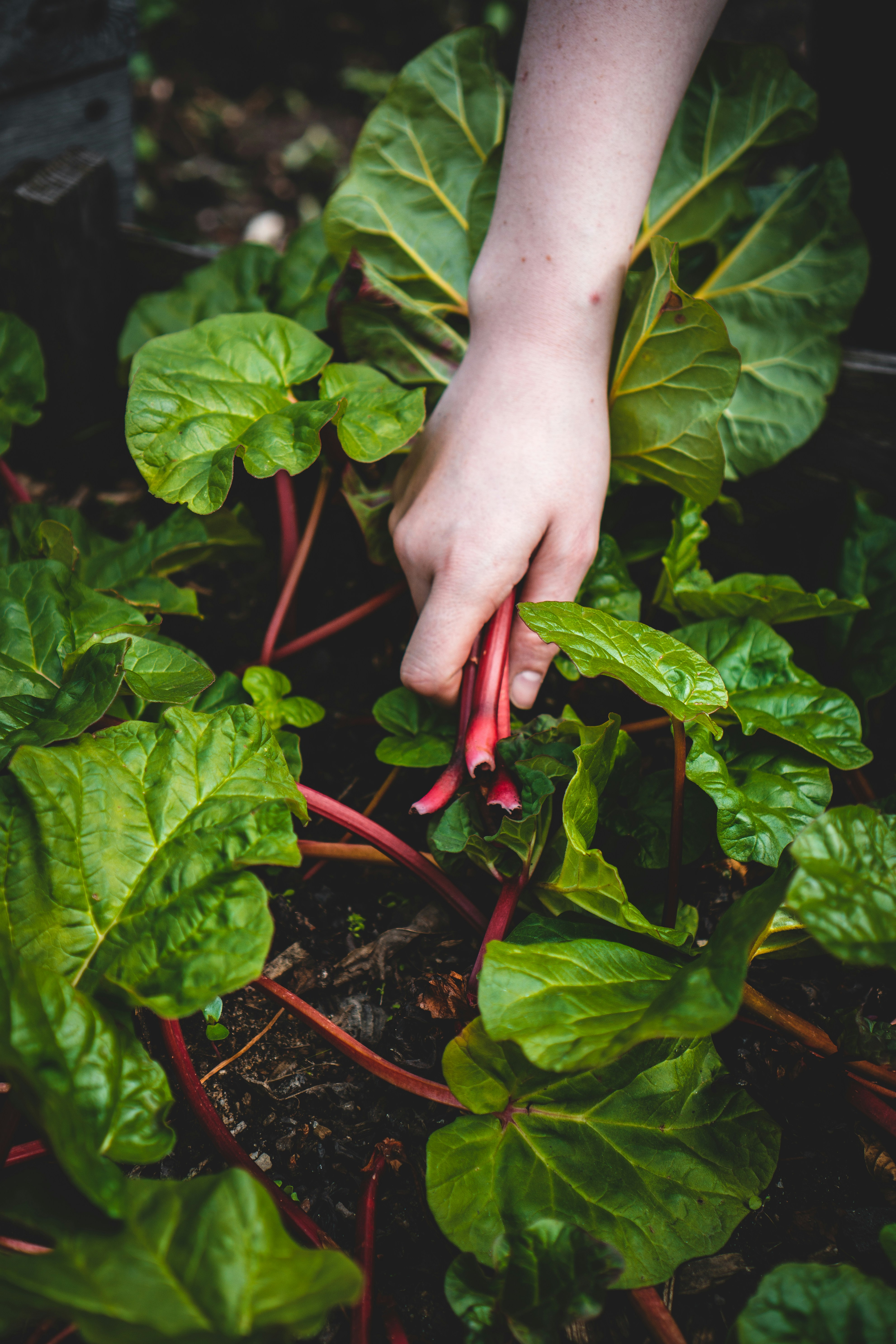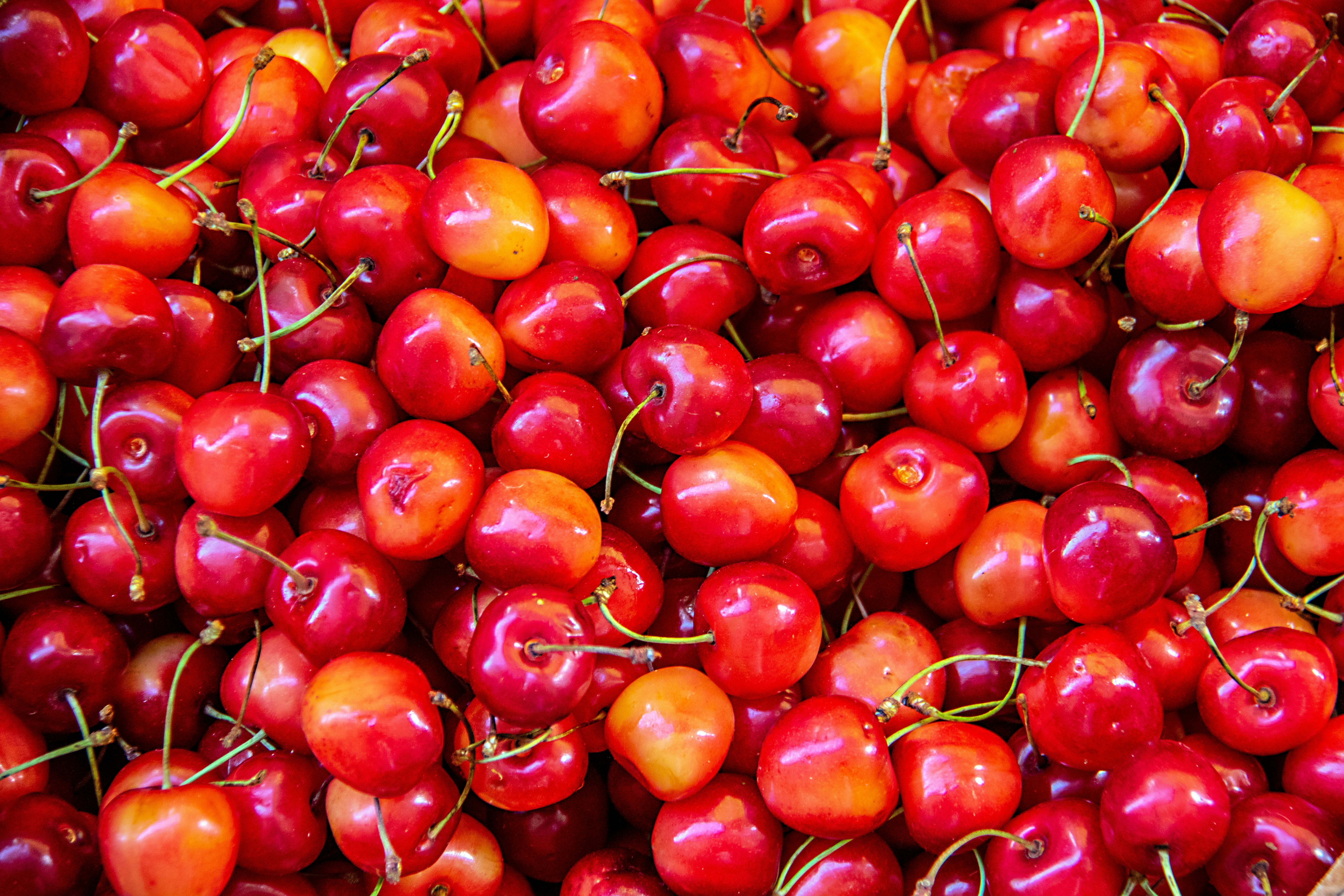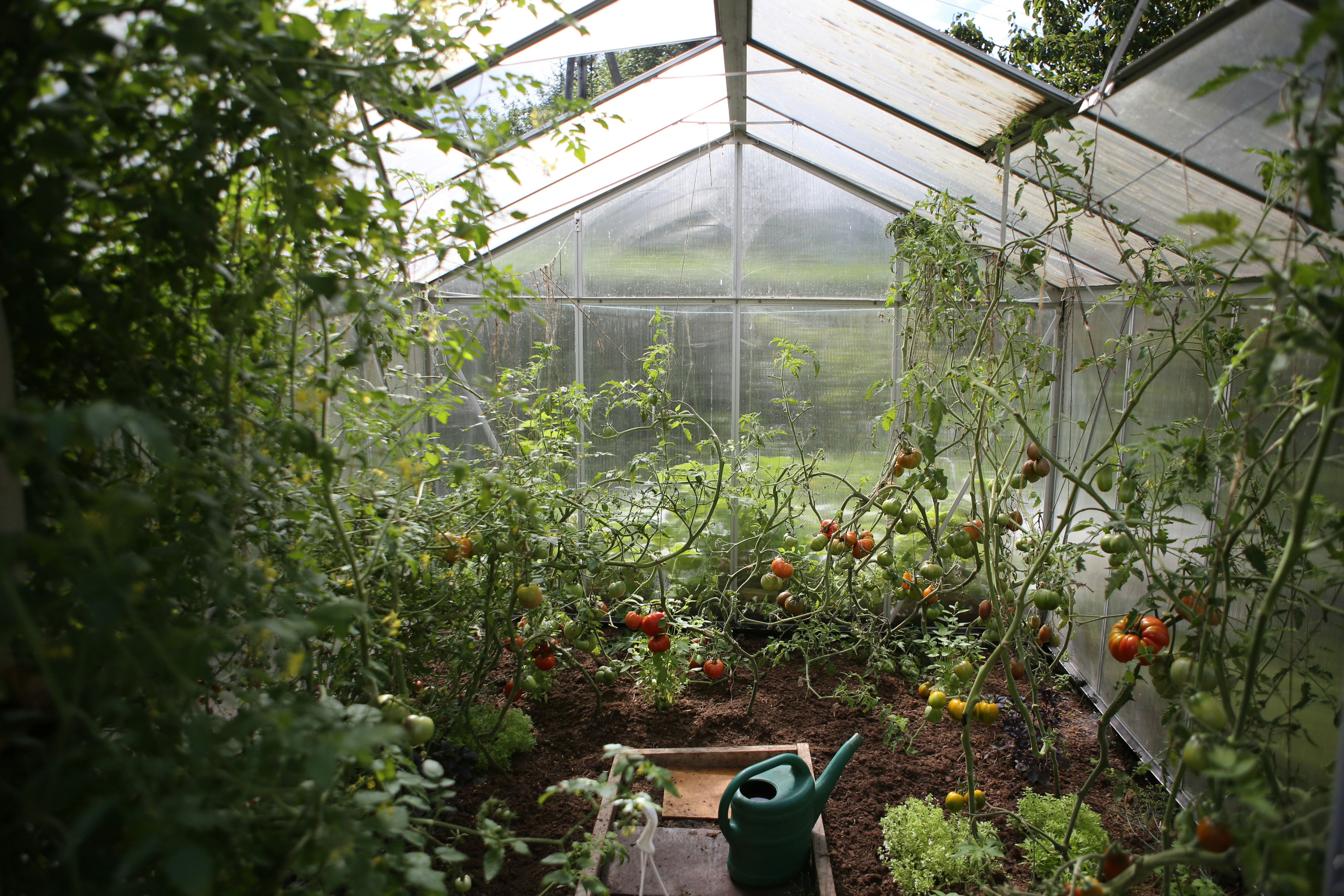Sep 13, 2018
Planning a Home Orchard
Fall in New England is practically synonymous with apple picking or heading to the farmers’ market to stock up on sweet, juicy pears. If you’ve ever wished you could enjoy these and other tree fruits right in your own backyard, a home orchard is within your reach. All it takes is some careful planning, early care, and a little patience, and you’ll be rewarded with decades’ worth of fresh, healthful fruit only steps from your door.
Fresh Factor
Unlike tree fruit you buy in the grocery store, which is limited to the most popular varieties, a home orchard allows you to grow the varieties you like best, in the quantities you want. So if you prefer apples to pears, for example, you can plant two apple trees and one pear tree, to supply all your pies, tarts, jams, savory spreads and sauces, and even just for snacking.
Grocery store fruit is also picked before peak ripeness, to prevent it from becoming damaged during shipping. This partially ripened fruit lacks the flavor of its tree-ripened counterparts, as well as optimal nutrients, which continue to develop as the fruit grows and matures. Growing in a home orchard allows the fruit to ripen fully before harvesting, ensuring maximum flavor and healthfulness.
Home orcharding isn’t just good for human health; it’s also beneficial for the health of the planet. One large tree can supply a day’s worth of oxygen for four people by absorbing carbon dioxide and other gasses from the air and releasing oxygen. In addition to reducing our carbon footprint, trees create a habitat and food for birds and insects, especially pollinators, which in turn helps other plants and trees grow.
Which Types of Fruits Should I Choose for My Home Orchard?
Different trees bear fruit at different times in the growing season. Here in the Northeast, popular summer tree fruits include peaches, nectarines, plums, apricots, and cherries. Apples and pears fruit throughout the fall, as long as temperatures don’t drop too quickly.
While annual vegetables require consistent watering, weeding, and pest control, fruit trees, which are perennials, develop deep roots that better adapt to their climate and soil conditions. Once established, these trees are pretty low-maintenance. You can choose one part of your land and group the trees together, or split them up over different areas—for example, apples in the front yard, pears in the back, and plums along the side.
When choosing fruit trees, look for varieties that are known for hardiness and disease and insect resistance. For example, the prolific Liberty apple is naturally resistant to apple scab, cedar apple rust, fire blight, and powdery mildew, all of which can devastate an orchard if not kept in check. Meanwhile, heirloom varieties like Macoun, Northern Spy, and Baldwin are favorites of growers for their vigorous, upright, stable trees and their resistance to insect damage.
Planning Your Home Orchard
Home orchards are both fun and rewarding, as long as you can wait a couple of years for the trees to establish themselves and provide your first harvest. Unless you’ve purchased a property with an established orchard, you’ll want to start the planning process as soon as possible, in anticipation of planting in the fall or early spring. If that sounds like too long of a wait, try planting a few dwarf trees. Though not nearly as prolific as full-sized trees, they’ll fruit much earlier and are a good way to test the waters with fruit-tree maintenance.
Fruit trees have a few basic requirements for successful growth: good-quality soil, plentiful airflow, at least 8 hours of direct sun per day, and good drainage. For these reasons, low-lying areas tend not to be good site candidates. Slopes and rolling hills are often the best locations, with the extra sunshine of a southern-facing slope helping to speed blooming and fruiting. Avoid siting your orchard at the top of a hill, where exposure to wind can damage young trees.
If your soil is heavy in sand or clay, you’ll need to spend some time amending it to make it hospitable to fruit trees. Supplement with a medium loam rich in organic material, in order to get it ready for planting in the same year. If you’ve missed the fall planting window, sow a crop of rye mixed with manure to help prepare the land for planting next spring.
Dwarf fruit trees need to be spaced at least ten feet apart, while regular fruit trees require a minimum of 20 feet between plantings. In the first couple of years, tying the tree to a pole support will prevent strong winds from loosening the roots. Fertilize in the early spring with a nitrogen-rich fertilizer, and cover the planting area with a layer of straw or hay mulch, to within a few inches of the base of the tree, to discourage rodents from taking up residence.
The best part about home orcharding is that you can make it as simple or elaborate as your time and budget allow. Group a few trees together in one area of your property, or grow different types in several defined sections. No matter which option you choose, we can help you plan and prep the land for your new home orchard, as well as provide seasonal pruning or maintenance to keep it in tip-top shape for years to come.


































































